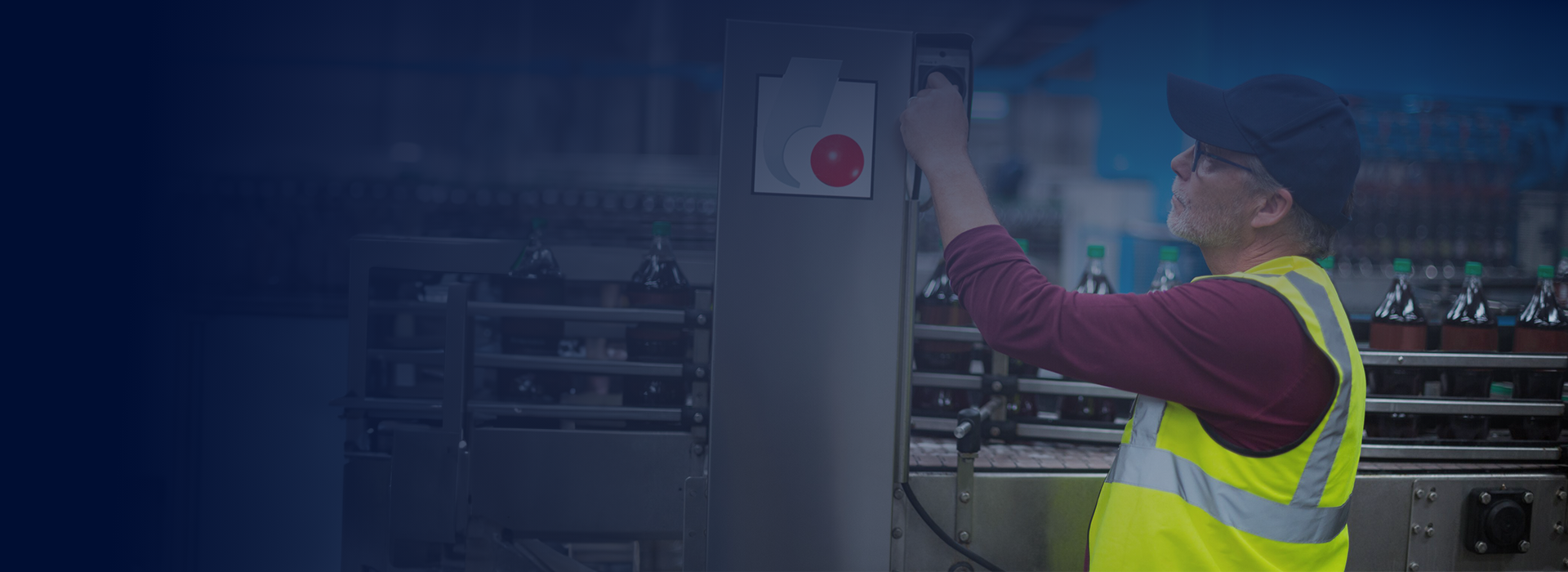Validating that your products meet the required contractual and safety standards of manufacture is vital for any manufacturing process. Inspections can take place for incoming raw materials that you use in the manufacturing process or at the very end as a final inspection before the product leaves the factory. However, within the manufacturing process at certain stages, other inspections are needed.
In this article, we will explore what we call the First Article Inspection, when and why it is needed, what it entails and how it is different from the Production Part Approval Process (PPAP).
What Is a First Article Inspection?
A First Article Inspection (FAI) is a comprehensive examination and verification of the first production item from a new production run or a new part. It involves comparing the physical characteristics, dimensions and performance of the first article against engineering drawings, specifications and quality standards to ensure conformity and accuracy.
When Should a First Article Inspection Occur?
FAI should ideally occur at the onset of a new production run or when introducing a new part into production. It serves as a critical checkpoint to validate that the manufacturing processes are capable of producing parts that meet design specifications and quality requirements.
First Article Inspection Example
To gain a comprehensive understanding of a first article inspection and its essential components, it’s beneficial to examine a First Article Inspection Form.
Similar to other quality processes, a first article inspection requires thorough documentation and mutual agreement among all involved parties. This documentation ensures that the assessment details are recorded accurately and acknowledged by all stakeholders.
Having a documented first article inspection serves as a reference point for both the supplier and the buyer in case of any potential issues arising in the future with the product or production run. It establishes a clear record of the initial assessment for future reference and resolution.
What Happens During an FAI?
During an FAI, inspectors meticulously examine the first production item to ensure that it meets all specified requirements. They verify dimensions, tolerances, material properties and functional performance through a combination of physical inspection, measurements and testing.
How To Conduct an Effective FAI?
Conducting an effective FAI involves several key steps that we include in any First Article Inspection checklist:
- Preparation: We gather all relevant documentation, including engineering drawings, specifications and quality standards and develop a comprehensive FAI plan outlining the inspection methods, sampling plan, and acceptance criteria.
- Physical Inspection: We physically inspect the first article against the engineering drawings and specifications, verifying dimensions, tolerances, surface finishes and material properties.
- Functional Testing: We conduct functional tests to verify that the part performs as intended under normal operating conditions. This may include stress tests, performance evaluations or environmental testing.
- Documentation: We document all inspection results, including measurements, test data, and observations, in a detailed First Article Inspection Report (FAIR) and ensure that the FAIR complies with industry standards. For example, we will conduct an AS9102 First Article Inspection to ensure compliance to the standard AS9102 for aerospace applications.
- Review and Approval: We review the FAIR with you and your customer to obtain approval for production and address any discrepancies or non-conformities identified during the FAI process.
What is the Difference between PPAP and FAI?
While both the Production Part Approval Process (PPAP) and FAI serve as integral components of quality assurance in manufacturing, they are distinct processes designed to fulfil different purposes.
PPAP is a comprehensive product inspection protocol aimed at validating the production process itself. It is primarily concerned with ensuring that parts meet customer requirements consistently over time. PPAP involves a systematic review of the manufacturing process, including documentation of procedures, verification of tooling and equipment, and validation of production capabilities. The goal of PPAP is to establish confidence in the production process’s ability to consistently produce parts that meet specified requirements.
FAI, on the other hand, is specifically focused on the initial production run of a new part or product. Its primary objective is to verify that the first article or prototype of the product meets design specifications and quality standards before full-scale production commences. FAI involves a detailed examination and evaluation of the initial production item, comparing its dimensions, characteristics, and performance against engineering drawings and specifications. The purpose of FAI is to identify any discrepancies or non-conformities early in the production process, ensuring that subsequent production runs meet the desired quality standards.
First Article Inspection is a critical quality assurance process that validates the first production item from a new production run or part introduction. To maintain consistent quality in your production process when you introduce new components, ask us about FAI today.

